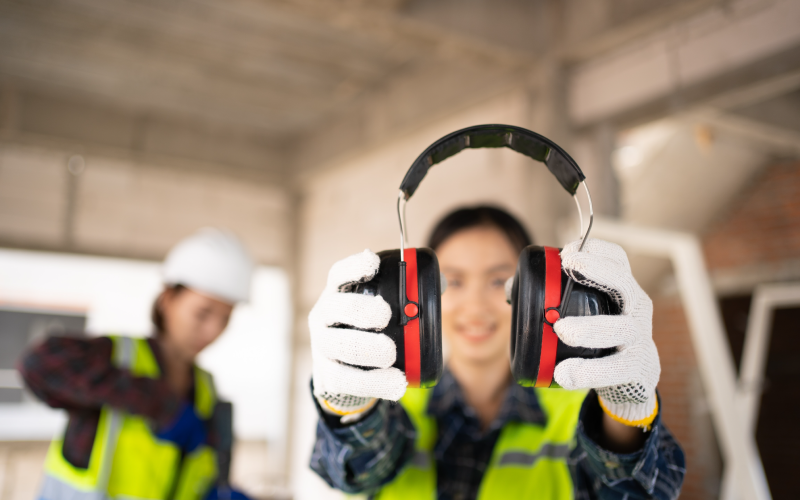
HSE suggests managers try the shout test to protect workers’ hearing
Research on noise-induced hearing loss suggests around a fifth of the British working population could be exposed to high noise levels (>85 dBA) while doing their job, and the most likely affected groups include those employed in construction and agriculture.
While Britain has seen new cases of occupational deafness drop significantly during the past decade, the risk remains, and the Health and Safety Executive (HSE) is keen to ensure industries do not become complacent.
The shout test is a basic method of gauging the likely level of noise in a workplace. The HSE’s noise expert has advised:
“If you are shouting at work and can’t be heard from two metres away, the chances are there’s a noise issue. Try it out for yourself and see if you can be heard”
The Control of Noise at Work Regulations 2005 require employers to eliminate or reduce risks to health and safety from noise at work. Depending on the level of risk, employers should:
- take action to reduce the noise exposure
- provide your employees with personal hearing protection
Other duties under the Regulations include the need to:
- make sure the legal limits on noise exposure are not exceeded
- maintain and ensure the use of equipment you provide to control noise risks
- provide your employees with information, instruction and training
- carry out health surveillance (monitor workers’ hearing ability)
The Regulations apply where work activities expose people at work (employees or other workers affected by work activities) to risks to their health and safety from noise
Mangers should assess and identify measures to eliminate or reduce risks from exposure to noise so that they can protect the hearing of their workers.
If workers are already using hearing protection, it needs to be managed so try using CUFF:
C = Condition; is the hearing protection in good condition?
U = Use: are workers using the hearing protection all the times they should be?
F = Fit; does the hearing protection fit the wearer?
F = Fit for purpose; have you selected hearing protection that gives the right level of noise reduction?
Further reading
The Control of Noise at Work Regulations 2005
HSE Workplace Health Expert Committee (WHEC): The likely prevalence of occupational noise
induced hearing loss across British industry

